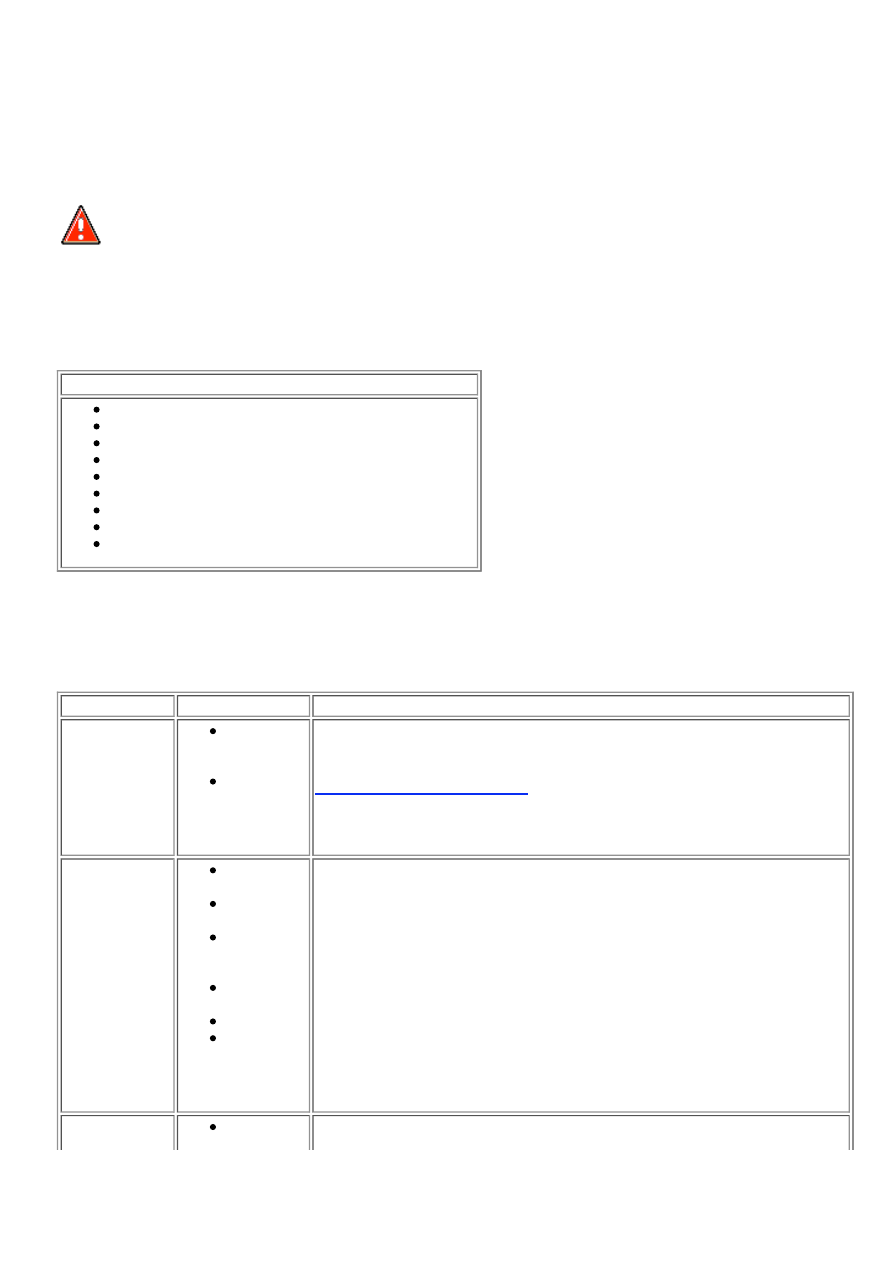Range Rover Sport. Manual - part 9

Suspension System
Inspection and Verification
WARNING: Before carrying out a road test, make sure the vehicle is safe to do so. Failure to follow this
instruction may result in personal injury.
1 . Gather as much information from the driver as possible and verify the customer concern by carrying out a road test, as
closely as possible reproducing the conditions under which the fault occurs.
2 . Visually inspect for obvious signs of mechanical damage.
Mechanical
Tire pressures
Damaged wheels or tires
Wheel bearing(s)
Loose or damaged front or rear suspension components
Loose, damaged or missing suspension fastener(s)
Damaged or leaking air suspension components
Worn or damaged suspension bushing(s)
Loose, worn or damaged steering system components
Damaged axle components
3 . If an obvious cause for an observed or reported condition is found, correct the cause (if possible) before proceeding to
the symptom chart.
Symptom chart
Symptom
Possible causes
Action
Crabbing
Incorrect
rear thrust
angle
Front or
rear
suspension
components
Check the rear alignment.
Four-Wheel Alignment (57.65.04)
Check the front and rear suspension for signs of
damage or wear.
Drift/Pull/Wander
Tire
pressures
Uneven tire
wear
Damaged
steering
components
Wheel
alignment
Brake drag
Unevenly
loaded or
overloaded
vehicle
Check and adjust the tire pressures (see visual inspection). Check for uneven tire
wear, investigate the cause and rectify as necessary. Check the steering for
wear/damage. Check and adjust the wheel alignment as necessary. Check for
binding brakes, rectify as necessary. Advise the driver of the load issues.
Damaged
suspension